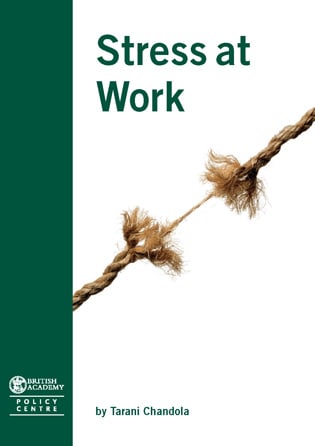Coming out of recession or, at least, a global financial crisis seems to mean that the creation of jobs is the only driver of economic growth. Governments around the world seem obsessed with employment creation but rarely is the quality of the employment ever considered.
The drive for jobs at the cost of other employment conditions such as safety was illustrated on 11 March 2011 in an article in The Australian newspaper. New South Wales’ election is only a short while away and, as it is widely considered to be an easy win for the conservative Liberal Party, government policies are already being discussed.
“Industrial relations spokesman Greg Pearce, a former partner at Freehills, said he was aware that concerns about the workplace safety system had emerged in the legal profession.
But the Coalition’s main goal was to minimise uncertainty to encourage job creation.”
The push for jobs is also indicative of short-term political thinking. Continue reading “Creating jobs is a waste unless those jobs are safe”



